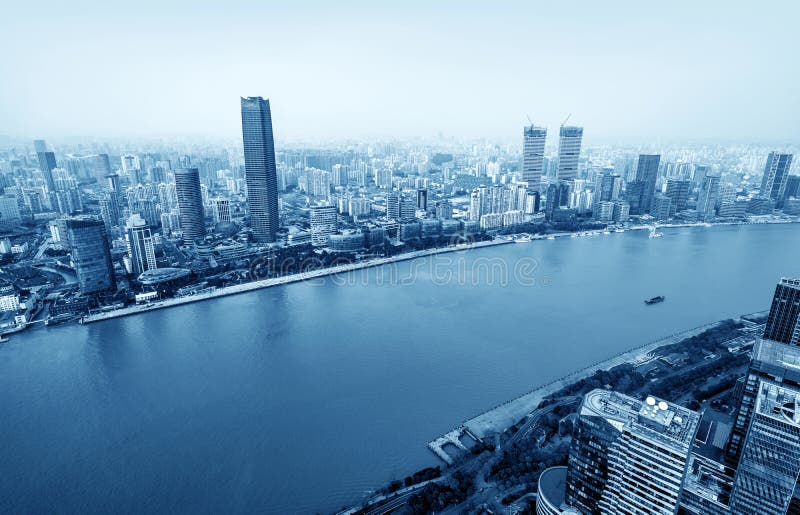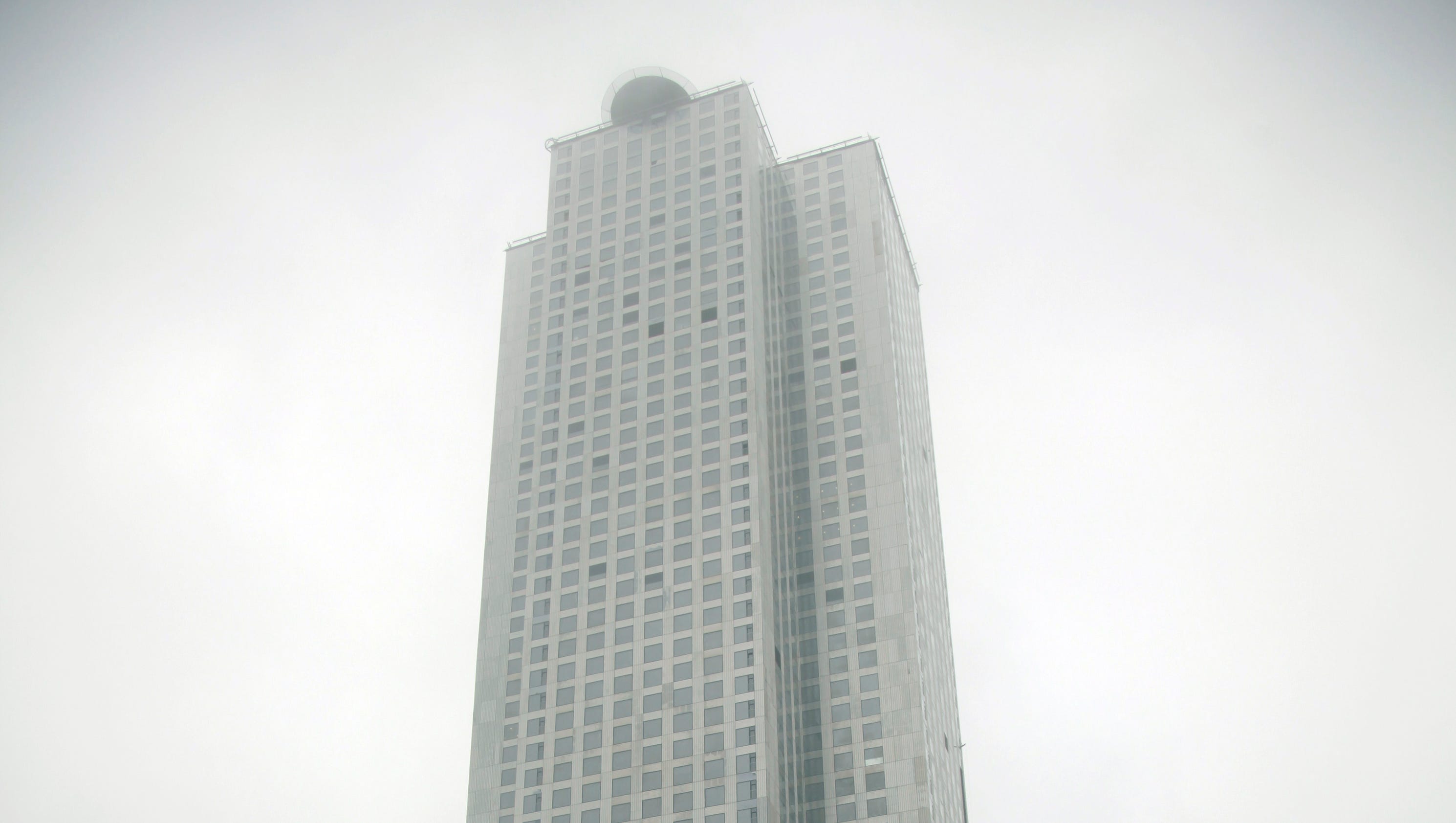

Specifically, cities with less than three million permanent residents will have to abide by strict restrictions in the building of new super skyscrapers over 150 metres tall. Five of the ten tallest buildings in the world are found in mainland China The Shanghai World Financial Center (left), the Shanghai Tower (centre), and the Jin Mao Tower stand illuminated at night in the Lujiazui district of Shanghai, China, 25 April 2015. Skyscrapers have always been a mark of a city’s prosperity. China’s Ministry of Housing and Urban-Rural Development also released a notice on strengthening the planning, construction, and management of super skyscrapers, stipulating that all regions must strictly control the height of buildings and the construction of new super high-rise buildings, and in general refrain from building super high-rise residential buildings. Thus, instead of accelerating its pace of construction, in recent years, the Chinese government has been doing just the opposite - hitting the brakes - to ensure the stable development of the economy and society.įor example, with regard to building super skyscrapers, the Chinese government has banned the construction of buildings taller than 500 metres, and imposed strict restrictions on building skyscrapers more than 250 metres tall. However, despite the huge size of China’s domestic market, many construction companies are hungry for business and end up venturing overseas to take on more projects.Īgainst this backdrop, the Chinese government is not worried about infrastructure-building slowing down so much as the economy overheating and a domestic financial crisis brewing. Each year, more and more money is poured into infrastructure, and an increasing number of projects are launched.

Termed an “infrastructure maniac”, China has been in a building frenzy for decades. Hitting the brakes on endless construction

Besides, even if countries have funds it is hard to put together construction teams with the necessary technology know-how and qualifications, thus widening the gaps in infrastructure development. And because it is difficult for the Democrats and Republicans to reach a consensus, investment plans are often left at the wayside. While a country like the US does not lack funds, its system stipulates that any major investment project cannot be decided by the government alone but must be passed through Congress. Countries around the world, including the US, are having a headache over infrastructure development because the issues of funding, technology and construction teams can rarely be resolved at the same time.įirst and foremost, infrastructure-building requires huge funds.


 0 kommentar(er)
0 kommentar(er)
